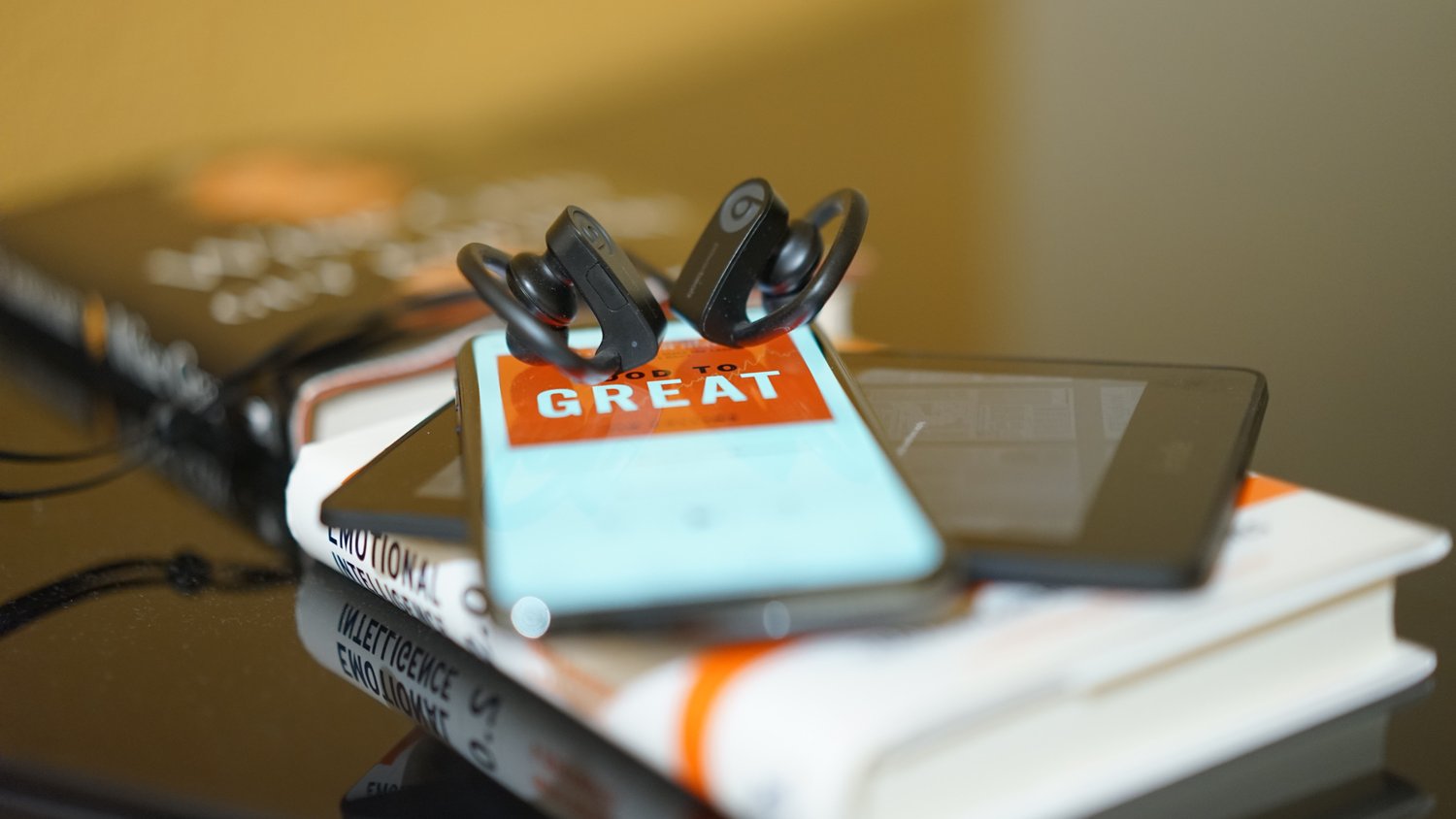In a previous blog post, I shared the importance of incorporating a patients’ interests/hobbies into a plan of care. Well, what happens when a patient in Neurorehabilitation wants to return to their religious practices? Perhaps they want to pray aloud again? Sing in a church choir again? Engage in meditation practices? Read religious text? Take notes on sermons?
Research (see references below) reveals that many patients with acquired brain injuries use faith as a coping mechanism to deal with their health and life changes. This begs the question---- Do we as Speech Therapists do a good job of allowing opportunities to incorporate patient’s religion/faith into clinical care, when appropriate? And furthermore, exactly what role does an SLP’s own comfort level play in incorporating at patient’s religion/faith into goal planning OR therapy activity planning?
Now that the field of Speech Language Pathology is guided by the person-centered care model, we are to choose therapy materials MOST RELEVANT to the patient, lead therapy activities MOST REALISTIC for the patient, collaborate on therapy goals that are MOST IMPORTANT to the patient. There’s consensus about how this concept encompasses work, school, household management, healthcare decision making, community involvement, etc. But does person-centered care encompass religion as well? I would say YES.
Furthermore, research is emerging indicating patients with strong faith in a higher being, WANT us healthcare rehabilitation providers to discuss their religion more. Doing so can help improve patient engagement and outcomes.
I think about the importance of considering patients’ faith/religious belief even more during this season of the year, which includes so many different religious holidays. So, I pose the question: “How can we as healthcare professionals better consider patient’s faith/religion when working with them? “
Below are just a few examples of therapy materials that can be relevant to a patient’s faith/religion. Also are some ideas on cognitive or communication skills that you can target with these materials.
· Videos of sermons OR podcast episodes on certain religious topics
o Skills that can be targeted- attention, listening comprehension, note-taking, memory
· Devotionals
o Skills that can be targeted- reading comprehension, memory
· Sacred religious texts
o Skills that can be targeted- reading comprehension, paraphrasing, summarizing
· Prayers (aloud)
o Skills that can be targeted- word finding, voice, fluency, articulation
· Songs/Hymns
o Skills that can be targeted- word finding
· Religious Stories
o Skills that can be targeted- reading comprehension, narrative discourse (story retell), inferencing
CLICK HERE for more examples of therapy materials, therapy activities, and target skills related to faith/religion.
Given your comfort level, there are so many ways to target cognitive-communication skills with therapy MATERIALS and ACTIVITIES related to a patient’s FAITH. Comment below some ways that you’ve been successful at doing so.
As always, have some FUNctional therapy visits!
-Dana (The Neuro SLP)
References:
Hanks, R. A., Boileau, N. R., Norman, A. L., Nakase-Richardson, R., Mariouw, K. H., & Carlozzi, N. E. (2020). Spirituality and outcomes in caregivers of persons with traumatic brain injury (TBI). Rehabilitation psychology, 65(4), 347–359.
Waldron-Perrine, B., Rapport, L.J., Hanks, R.A., Lumley, M., Meachen, S-J., & Hubbarth, P. (2011). Religion and spirituality in rehabilitation outcomes among individuals with traumatic brain injury. Rehabilitative Psychology. 2011 May;56(2)





Comments ()